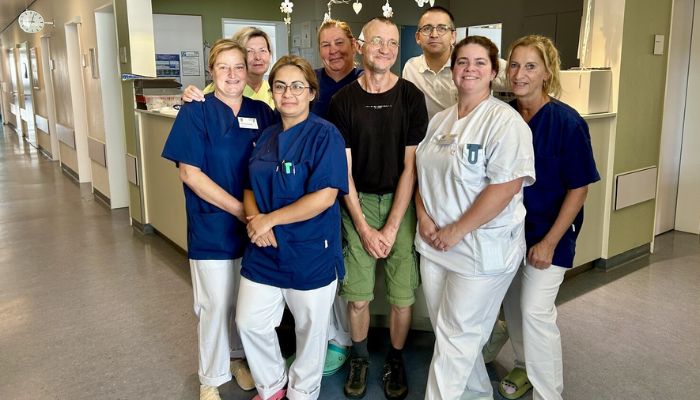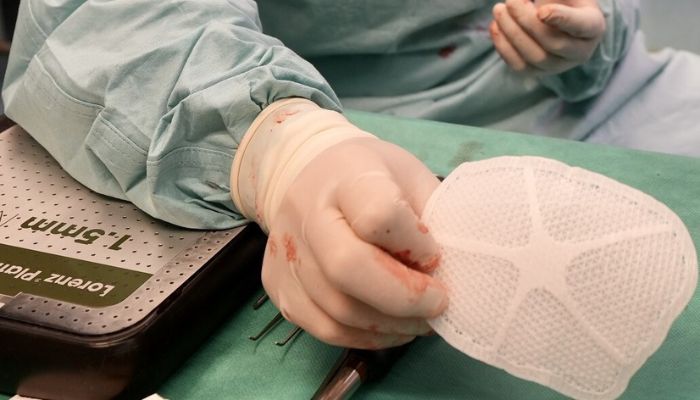Researchers Create Bioresorbable 3D Printed Skull Implants

In Dessau, Germany, neurosurgeons at the Municipal Hospital implanted a so-called bioresorbable cranial prosthesis in a patient for the first time. The prosthesis was produced using 3D printing and represents a significant milestone in European medical technology. Until now, this method had only been applied in Asia.
The roughly 90-minute operation took place at the end of August. The patient had sustained a traumatic brain injury in late 2023 as a result of a bicycle accident. Bleeding between the brain surface and the skull bone could have caused complications, so surgeons first removed part of the cranial bone flap to relieve the swelling and stop the bleeding. The bone was then deep-frozen at minus 80 degrees. Once the patient had stabilized, the removed skull bone was meant to be reimplanted, but the body rejected its own bone.

The dedicated care and medical team behind the breakthrough surgery

The 3D Printed Cranial Flap
*All Photo Credit: Städtisches Klinikum Dessau







